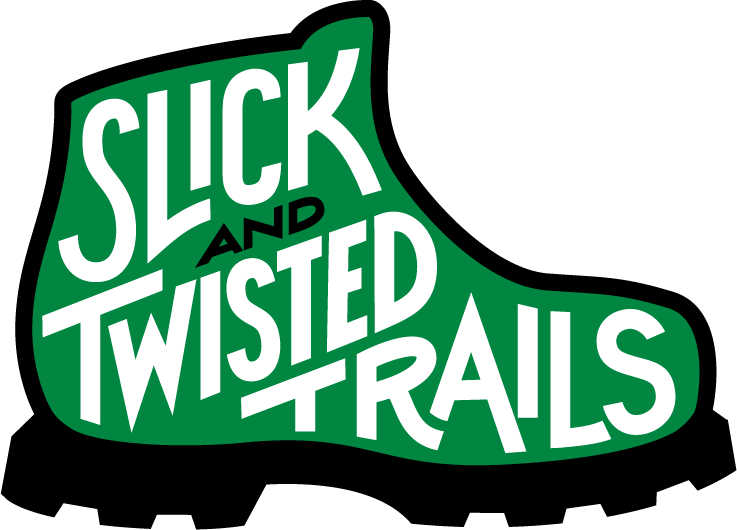Maybe you’re the type who likes to keep a detailed log of every lunge, squat and crunch you do each week. Perhaps you’re all about setting dozens of goals and tweaking your routine like a fine piece of machinery.
If so, I admire you. But I just can’t work out that way.
For me, hiking training is all about keeping it simple and mixing things up. Stick to a routine, make sure it burns likes hell and then keep your muscles guessing. I’m not saying that my method is the most scientific way to get in shape for hiking mountains, but this routine has enabled me to tackle some brutally long slogs and high-altitude treks.
So if you’re looking for a simple training plan for hiking, and you’re not big on maintaining a phonebook-sized fitness log, give this fitness strategy a try. It involves just two simple parts:
Core and leg-muscle training
Hiking along smooth surfaces is relatively easy, even if you’re hauling a 60-pound pack. But it’s when you start climbing that things get really tough. So to deal with those inclines you need to power up your legs:
- Lunges

First, focus on the muscles that do most of the heavy lifting when going uphill: your butt. And lunges are great for boosting your rear. Depending on your fitness level, start off doing lunges without holding any weights. Once you’ve built up a bit of strength, grab a couple of dumbbells for more resistance. Don’t go overboard with the weight: you’re going for endurance not strength. Click here to learn how to do lunges the right way.
- Step ups
This is perhaps one of the best exercises for uphill hiking, since you can change it up to more closely mimic the unique terrain encountered during a trek. If you’re not familiar with step ups, click here to learn how to do one correctly.
- Squats
These exercises primarily target your thighs and hips, but also engage other muscle groups. Squats are great for developing all-round leg strength. Just make sure you know how to do them properly.
- Sit ups and crunches
If you’re going to be hauling a backpack on your hike, you’ll need to pay special attention to this one. Sit ups and crunches are great for your core muscles, which are essential for carrying weight on your back. Alternate between sets of regular crunches, sit ups and side-to-side crunches to work different muscles.Tackle these four exercises three to four days each week, depending on how fit you are.
Running rugged trails and steep streets
The best way to train for a hike is to, well, hike. But often, this requires more time than a simple workout. So instead, try focusing on trail running and uphill jogging. Building your cardio is especially beneficial if you’re planning to tackle a high-altitude hike.
Forget the treadmill and get outside for this stuff. Here’s a quick rundown:
- Trail running
Try to focus on this aspect of your pre-hike running game as much as possible. This form of exercise most closely mimics how your muscles move during a hike while providing a nice cardio boost. Plus, you’ll be able to refine your balance as you leap over rocks and fallen logs.
- Uphill street running
While you don’t get the benefit of tackling more technical terrain, good old-fashioned road jogging is a great way to build your cardio. But don’t be content to run on flat surfaces: pick a hill and head up. Cardio alone don’t do you much good on a steep trail, so it’s important to always be strengthening your legs for a climb.
So, how does all this fit together? Although everyone’s training plan for hiking is going to be different, I recommend this routine if you’re trying to get back in shape:
Monday: Strength training
Tuesday: Street running (moderate hills)
Wednesday: Trail running
Thursday: Strength training
Friday: Trail running
Saturday: Strength training and street running
Sunday: Take a break
And then, as your cardio improves, try to squeeze in some form of running at least five days each week.
Mental toughness – not included
in this training plan for hiking
Your fitness level is just half the battle: you’ve also got to be mentally prepared to tackle a brutal trek. Check out this article about digging deep when you want to quit for a few tips.
Do you prefer the trails less travelled?
Join like-minded trekkers by signing up for the S&TT e-mail list. Every week, you’ll get:
- Profiles of little-known hiking destinations
- Gear reviews for backpackers and hikers
- Feature articles on strange and off-beat hiking
Plus we’re 100% spam-free (and proud of it)

